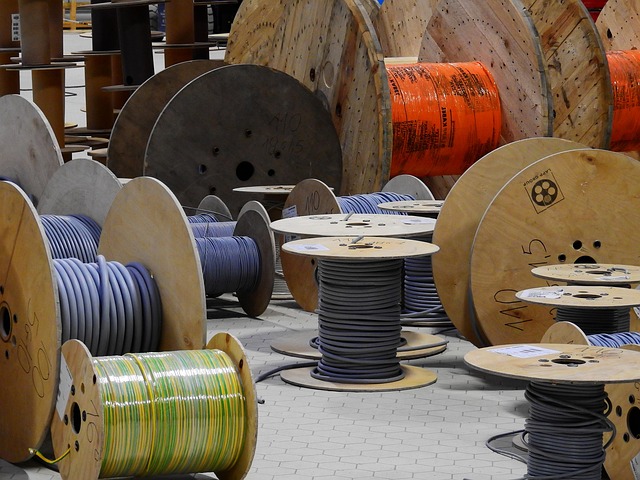The Future of Sustainable Living: Embracing the Passive House Concept
As we navigate the complexities of climate change and the urgent need for sustainable development, the concept of a passive house emerges as a beacon of hope. This innovative approach to architecture and construction not only focuses on energy efficiency but also intertwines with green technologies to create a better future for our planet.
Sustainable Development: Building for Tomorrow
Sustainable development is a guiding principle that seeks to meet the needs of the present without compromising the ability of future generations to meet their own. With urbanization on the rise, the demand for energy-efficient buildings has never been more pressing. The passive house design embraces this challenge, emphasizing insulation, efficient ventilation, and renewable energy sources. By optimizing how buildings use energy, we can significantly reduce their ecological footprint.
Understanding Ecological Footprint
Every individual makes choices that contribute to their ecological footprint—the total impact of our lifestyles on the environment. From energy consumption to waste production, each action can either harm or heal the Earth. The passive house movement provides a framework for reducing that footprint. By utilizing sustainable materials and implementing advanced building techniques, these homes minimize energy consumption and promote a healthier ecosystem. The aim is to create homes that not only coexist with nature but also enhance its vibrancy.
The Role of Green Technologies
Green technologies are revolutionizing how we approach energy consumption. From solar panels that harness the sun’s power to smart systems that monitor and optimize energy usage, these innovations play a crucial role in the passive house concept. Integrating these technologies ensures that homes can remain comfortable and functional while drastically lowering their reliance on fossil fuels. This shift toward renewable energy sources is essential if we are to create a carbon-neutral future.
Striving for Carbon Neutrality
Carbon neutrality is a goal that many individuals and companies strive to achieve. It involves balancing the carbon emitted with an equivalent amount offset or sequestered. The passive house standard inherently supports this ambition by drastically reducing heating and cooling energy needs. By design, passive houses use minimal energy, which can be powered entirely by renewable sources, thus pushing homeowners closer to carbon neutrality. The potential for local and impactful change lies in adopting such standards at community and policy levels, allowing for collective progress toward a sustainable future.
As we look ahead, the integration of passive house principles and green technologies offers a clear and actionable path toward sustainable living. The vision of a world where our homes are not just shelters but active participants in the ecosystem is not merely a dream—it’s a tangible future within our grasp.




